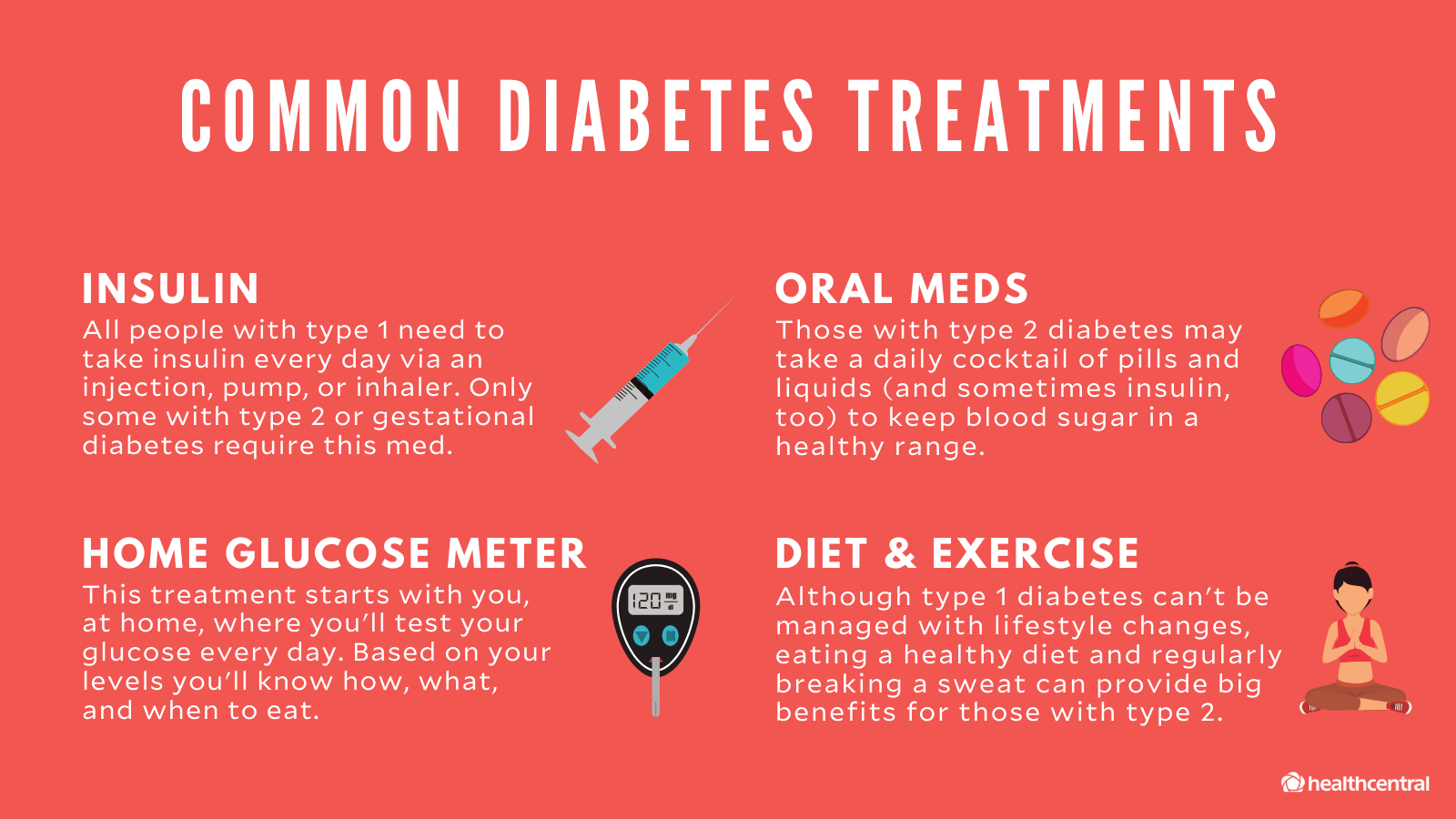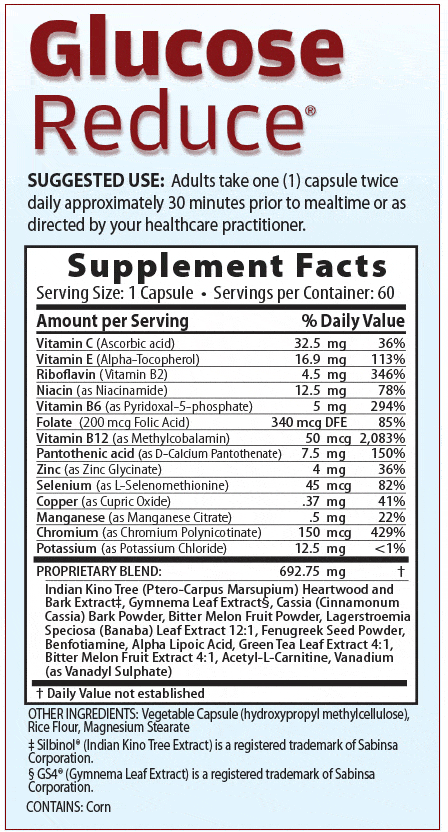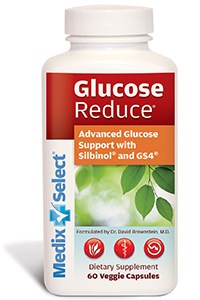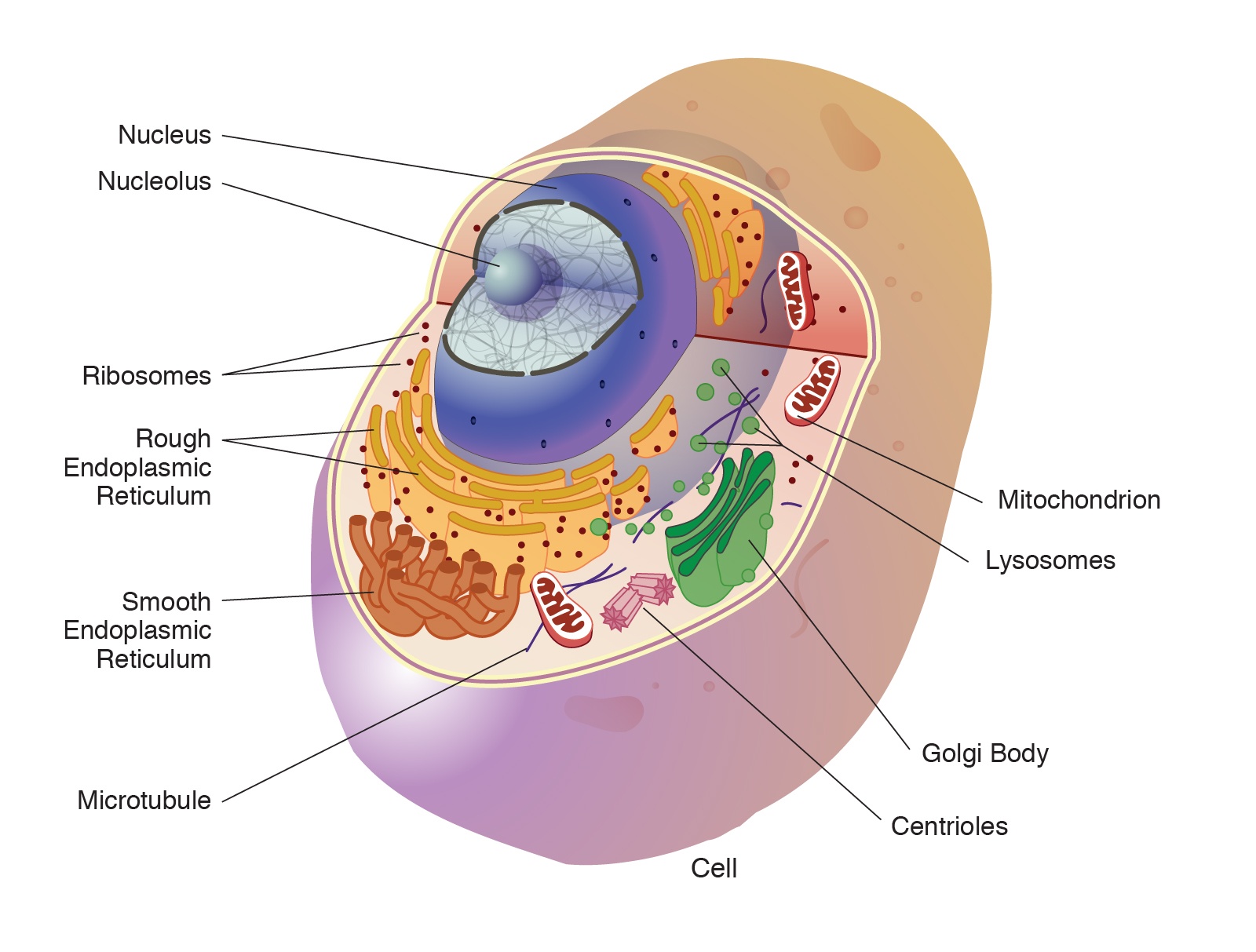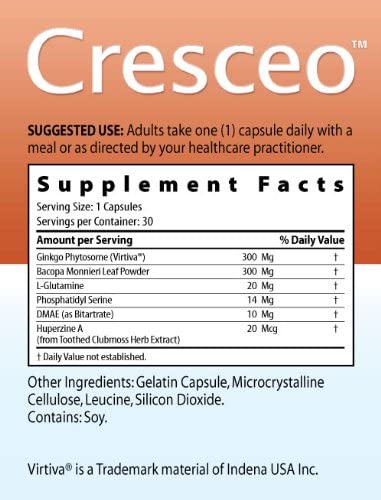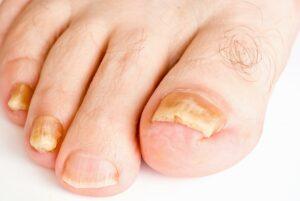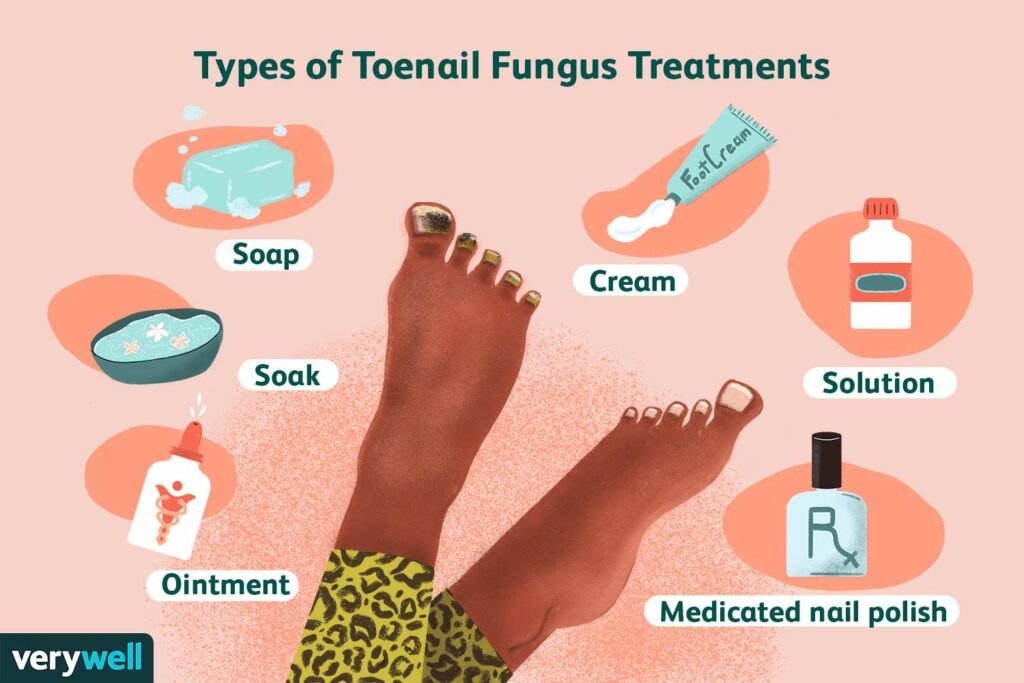Rheumatoid arthritis, also known as RA, is a disease that affects about 1.3 million Americans. For every 100,000 individuals, 41 are diagnosed with RA every year. Approximately 1.3 million Americans have RA. This article contains info about rheumatoid arthritis.
What is Rheumatoid Arthritis?
Arthritis is irritation and inflammation of one or more joints, producing pain and stiffness that increases with age.
Various types of arthritis exist, each with different triggers consisting of wear and tear, infections, and underlying diseases.
Arthritis is a widely used term used to convey inflammation of the joints. On the other hand, Rheumatoid arthritis is an autoimmune inflammatory condition that causes swelling in the joints. It may additionally lead to fever and other symptoms. An autoimmune disease is when the body’s defense system affects healthy tissues by attacking itself. Therefore, rheumatoid arthritis causes the immune system to attack joints and additional areas of the body.
The inflammation connected with rheumatoid arthritis is what can cause damage to other parts of the body as well.
Unlike the wear-and-tear damage of osteoarthritis (the most common form of arthritis), rheumatoid arthritis affects the lining of the joints, which causes painful swelling that can ultimately result in bone erosion and joint deformity.
What Causes Rheumatoid Arthritis?
Rheumatoid Arthritis is an autoimmune disease. When the body detects a threat from a virus or infection, the immune system engages and attacks it. This action is known as an immune response. Occasionally, healthy cells and tissues become caught up in this response because it does not terminate when it should, resulting in autoimmune disease. Rheumatoid arthritis is the most common autoimmune disease.
Physicians do not know what initiates this process, although there appears to be a probable genetic component. While genes do not essentially cause rheumatoid arthritis, they can make an individual more likely to react to environmental factors — for example, infection with certain viruses and bacteria — that may trigger the disease.
Risk Factors
Factors that may increase the risk of rheumatoid arthritis involve:
- Sex. Women are more prone than men to be diagnosed with rheumatoid arthritis.
- Age. Rheumatoid arthritis can occur at any age, but it most generally begins in middle age. However, vulnerability increases with age, and advancing age is an additional factor, with most cases commencing when a person is in their 60s.
- Family history.
If a member of an individual’s family has rheumatoid arthritis, they may have an increased risk of the disease. - Smoking. Cigarette smoking increases the risk of developing rheumatoid arthritis, particularly if an individual has a genetic predisposition for developing the disease. Smoking additionally appears to be associated with greater severity of the disease.
- Excess weight.
Individuals who are overweight seem to be at a relatively increased risk of developing rheumatoid arthritis.
Symptoms of Rheumatoid Arthritis
The symptoms and signs of rheumatoid arthritis can include:
- Warm, tender, swollen joints
- Joint stiffness is usually worse in the mornings and post inactivity
- Fatigue, fever, and loss of appetite
Early rheumatoid arthritis tends to affect the smaller joints first,
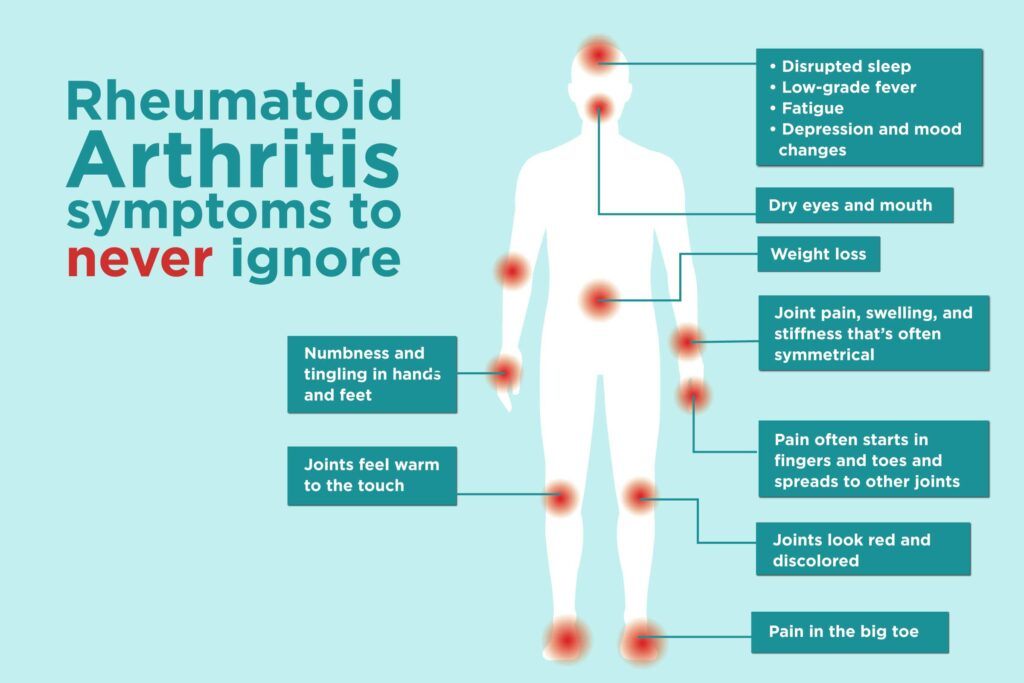
predominantly the joints that attach the fingers to the hands and the toes to the feet.
As the disease advances, the symptoms frequently spread to the knees, ankles, wrists, elbows, hips, and shoulders. In a majority of cases, symptoms take place in the same joints on both sides of the body.
About 40% of individuals with rheumatoid arthritis additionally experience signs and symptoms that do not involve the joints. Areas that can be affected include:
- Blood vessels
- Bone marrow
- Eyes
- Heart
- Kidneys
- Lungs
- Nerve tissue
- Salivary glands
- Skin
Rheumatoid arthritis signs and symptoms can vary in harshness and may arrive and depart. Phases of elevated disease activity, known as flares, alternate with periods of relative remission, when the swelling and pain fade or disappear. In due course, rheumatoid arthritis can cause joints to deform and shift out of place.
Complications of Rheumatoid Arthritis
Rheumatoid arthritis has numerous physical and social consequences and can lower the quality of life. In addition, it can cause pain, disability, and premature death.
Rheumatoid arthritis amplifies the probability of developing the following conditions:
- Osteoporosis. Rheumatoid arthritis itself and some medications used for treating rheumatoid arthritis can increase the risk of osteoporosis. This circumstance weakens the bones and makes them more susceptible to fracture.
- Rheumatoid nodules.
These firm lumps of tissue most commonly form around pressure points,
Rheumatoid Arthritis complications for example, the elbows. However, these nodules can develop anywhere in the body, including the heart and lungs.
- Dry eyes and mouth.
Individuals who have rheumatoid arthritis are much more probable to develop Sjogren’s syndrome, a disorder that decreases the quantity of moisture in the eyes and mouth. - Infections. Rheumatoid arthritis itself and several medications used to battle it can impair the immune system, leading to increased infections. Individuals should protect themselves with vaccinations to avert diseases such as influenza, pneumonia, shingles, and COVID-19.
- Abnormal body composition. The proportion of fat to lean mass is often higher in people with rheumatoid arthritis, even in those individuals with an average body mass index (BMI).
- Carpal tunnel syndrome. If RA affects the wrists, the inflammation can squeeze the nerve that serves most of the hand and fingers.
- Heart problems.
Rheumatoid arthritis can increase the risk of hardened and blocked arteries, in addition to inflammation of the sac that encloses the heart. - Lung disease.
Individuals with rheumatoid arthritis have an amplified risk of inflammation and scarring of the lung tissues, leading to advancing shortness of breath. - Lymphoma. Rheumatoid arthritis increases the risk of lymphoma, which is a cluster of blood cancers that develop in the lymph system.
How to Manage Rheumatoid Arthritis
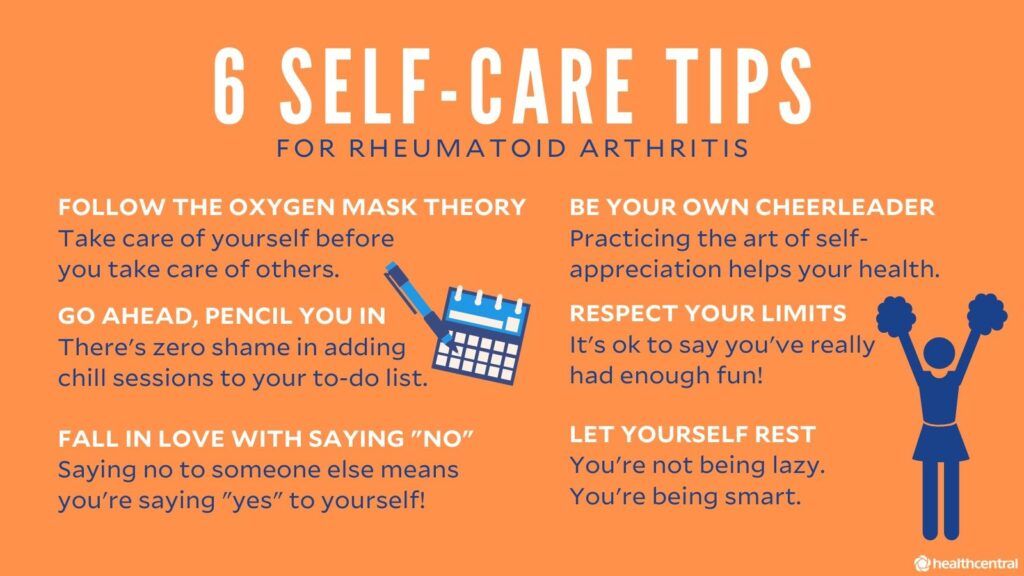
Rheumatoid arthritis affects many aspects of daily living, including social activities, leisure, and work. Beneficially, multiple low-cost strategies in the community are proven to increase the quality of life.
- Get physically active. Experts recommend that, ideally, adults be moderately physically active for 150 minutes per week, like swimming, walking, or biking thirty minutes a day for five days a week. These thirty minutes can be broken into three separate ten-minute sessions during the day. Regular physical activity can additionally decrease the risk of budding other chronic diseases such as heart disease, diabetes, and depression. Learn more about physical activity for arthritis.
- Go to good physical activity programs. If individuals are concerned about making arthritis worse or unsure how to safely exercise, involvement in physical activity programs can assist in reducing pain and disabilities linked to RA and improve mood and the ability to move. Classes occur at local Y’s, parks, and community centers. These classes can assist individuals with RA to feel better. Find out more about the proven physical activity programs that CDC recommends.
- Join a self-management education class.
Participating individuals with arthritis (including RA) gain confidence in learning how to control their symptoms, live well with arthritis, and how arthritis affects their lives. In addition, learn more about the proven self-management education programs that the CDC recommends. - Stop Smoking. Cigarette smoking causes the disease to worsen and can cause other medical problems. Smoking can additionally make it more difficult to stay physically active, which is an integral part of managing RA. Get assistance to stop smoking by visiting I’m Ready to Quit on CDC’s Tips from Former Smokers website.
- Maintain a Healthy Weight. Obesity can cause numerous problems for people with RA, so it is crucial to maintain a healthy weight. For more on maintaining a healthy weight, visit the CDC Healthy Weight website.
Treating Rheumatoid Arthritis

Unfortunately, there is no cure for rheumatoid arthritis. While there’s no cure for this disease, physiotherapy and medication can aid in slowing the disease’s progression. Most cases can be controlled with a class of drugs called anti-rheumatic drugs (DMARDS).
Recently, advances in treatment tactics have resulted in ever-improving results and quality of life for individuals with rheumatoid arthritis. Treat to Target Rheumatoid Arthritis is a treatment value that rheumatologists use to manage this disease effectively.
The treat-to-target method has resulted in fewer symptoms and higher remission rates for people with RA. The treatment strategy involves:
- setting an exact testing goal that points to either remission or low disease state
- testing critical phase reactants and performing monthly monitoring to assess the progress of treatment and management plan
- switching a medication regimen quickly if progress isn’t made.
Treatments for RA can aid in controlling the pain and the inflammatory response that can, in many cases, result in remission. Decreasing the inflammation can additionally aid in preventing further joint and organ damage.
Treatments can include:
- medications
- alternative or home remedies
- dietary changes
- specific types of exercise
A healthcare provider will work to determine the best treatment plan for an individual’s medical needs.
These treatments will help them to live an active life and reduce the risk of long-term complications for many individuals.
Medications
There are several types of medication for RA. Some of these medications can aid in reducing the pain and inflammation of RA. Some assist in minimizing the flares and limit the damage that RA does to the joints.
The over-the-counter medications below and assist to reduce the pain and inflammation during RA flares:
- nonsteroidal anti-inflammatory drugs (NSAIDs)
- corticosteroids
- acetaminophen
The following drugs work to slow the damage that RA can cause to the body:
- Disease-modifying anti-rheumatic drugs (DMARDs) work by thwarting the body’s immune system response. This action helps to slow down the progression of RA.
- Biologics – These new-generation biologic DMARDs supply a directed response to inflammation rather than blocking the body’s entire immune system response. They can be an effective treatment for individuals who do not act in response to more traditional DMARDs.
- Janus kinase (JAK) inhibitors – These are a new subcategory of DMARDs that stop specific immune responses. These are drugs that a healthcare provider may use to assist with the prevention of inflammation and prevent damage to your joints when DMARDs and biologic DMARDs do not work.
Home Remedies for Rheumatoid Arthritis
Specific home remedies and lifestyle adjustments may help to improve the quality of life with RA. This includes exercise, rest, and assistive devices.
Exercise – Low-impact exercises can help to improve the range of motion in the joints and increase mobility. Exercise can additionally strengthen muscles, which can aid in relieving some of the pressure from the joints.
It may also be wise to try gentle yoga, which can help to regain strength and flexibility.
Get the proper rest – An individual may require more rest during flare-ups and less during remission. Getting enough sleep will aid in reducing inflammation and pain as well as fatigue.
Apply heat or cold – Ice packs or cold compresses can aid in minimizing inflammation and pain. They may additionally be effective against muscle spasms.
One can alternate cold with hot treatments such as warm showers and hot compresses. This treatment can help to reduce stiffness.
Try assistive devices – Specific devices such as splints and braces can hold the joints in a resting position. This action can help to reduce inflammation.
Canes and crutches can also help to maintain mobility, even during flares. One can additionally install household devices, such as grab bars and handrails in bathrooms and alongside staircases.
How to Avoid Rheumatoid Arthritis
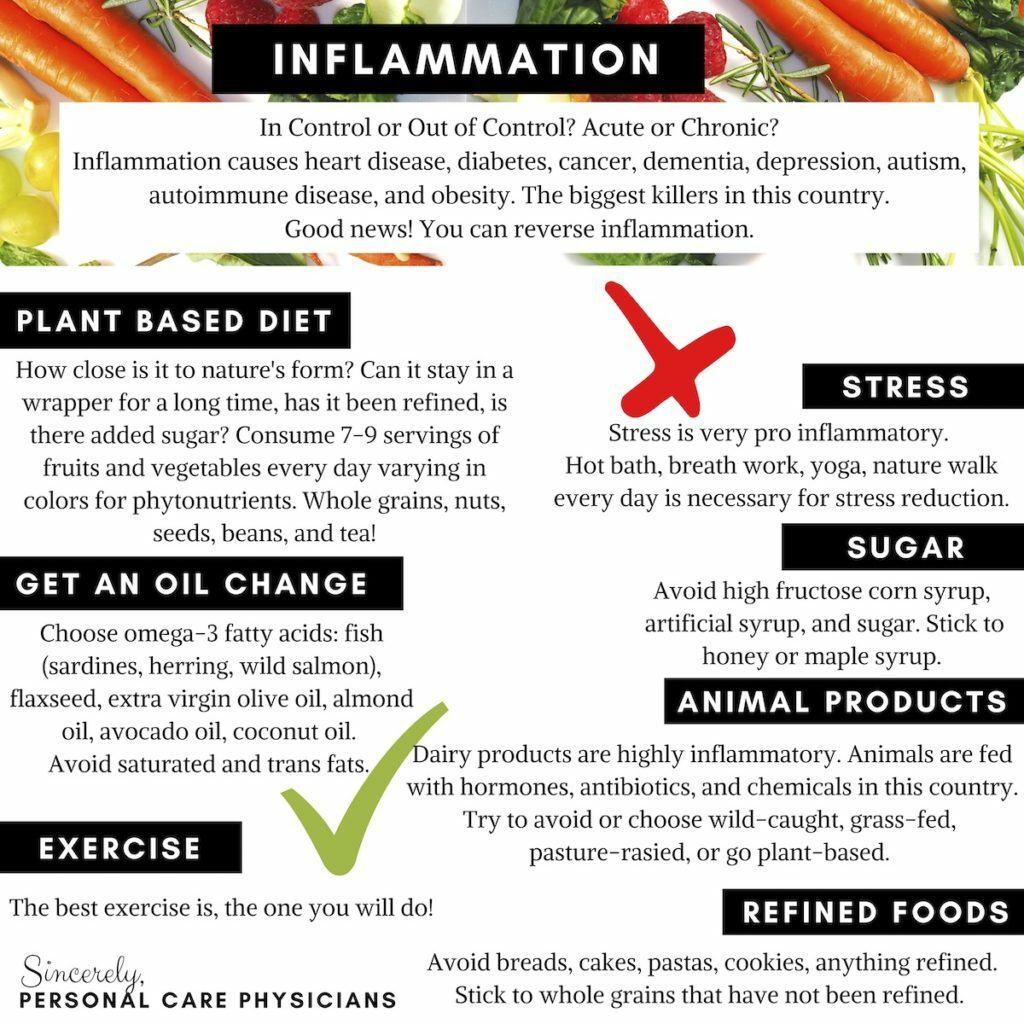
Unfortunately, advancing age cannot be put off, but there are precautions that will assist with avoiding rheumatoid arthritis. A couple of them are the same as managing the disease.
Quit Smoking – Smoking, and susceptibility to cigarette smoke is a significant risk factor for RA. One study found that the probability of developing RA was nearly twice as high for smokers as it is for non-smokers.
Smoking can affect the immune system by escalating oxidative stress on the body, initiating inflammation, and promoting apoptosis (cell death).1 Quitting smoking and avoiding secondhand smoke might help prevent the development of RA.
The Centers for Disease Control and Prevention (CDC) offers several resources that can help an individual to quit smoking. These include a free smartphone app, text messages, medications, live quitlines, support groups, and assistance with making a quit plan.
Constrain Alcohol Consumption –
Alcohol consumption doesn’t have to be terminated for individuals with RA, but it’s best to limit alcohol intake. Long-term restraint in alcohol drinking has been connected to lower RA risk in women.
When an individual has RA, the principal concern with alcohol is its potential interaction with medications one may be taking to treat the condition. Some medicines used to treat RA, such as methotrexate, can be harmful to the liver. Alcohol use, which can additionally hurt the liver, may increase that risk.
Individuals should talk to their physician about how much alcohol they can consume and determine whether any medications they are taking make drinking alcohol inadvisable.
Minimize Bone Loss – RA is linked with bone loss and osteoporosis. Pain and joint stiffness caused by RA can lead to inactivity, which increases the risk for osteoporosis. The glucocorticoid medications frequently prescribed for the treatment of RA can play a role in significant bone loss.
Bone loss associated with RA can be prevented or at least slowed down by:
- Making sure a diet is rich in calcium or vitamin D
- Consuming bone health supplements if these nutrients aren’t part of a diet
- Getting guidance from a physician to avoid the progression of RA
- Avoiding long term use of glucocorticoids
Maintain Good Oral Health –
Inflammation can be a factor in the development of RA. To aid with preventing inflammation, teeth and gums must be in good shape, and regular visits to the dentist to avoid chronic oral health problems or infections are required.
- A 2017 study at Johns Hopkins University found that some types of bacteria that cause gum disease, such as Aggregatibacter actinomycetemcomitans, release toxins that trigger specific antibody production types. These antibodies were found in 62% of people with chronic periodontitis and 43% of people with RA, suggesting that the same bacterial process may trigger both conditions.
Consume Fish – Fish is rich in many nutrients, particularly omega-3 fatty acids and vitamins A and D. Eating fish on a regular basis is a good idea for anyone. Still, fish oil is especially beneficial for people with inflammatory diseases and various types of arthritis, including RA.
Research indicates that consuming fish several times each week may be protective against RA.
Sustain a Healthy Weight – A healthy diet can be beneficial when it comes to preventing RA. Obesity has been connected to the condition, and sustain a healthy weight can reduce the risk of RA. Additionally, several vitamins and minerals—like vitamin D and calcium—can help keep RA and osteoporosis from progressing.
There is additionally specific evidence that anti-inflammatory diets can aid in fighting RA and other inflammatory diseases. These diets usually rely on the fundamentals of vegetarian, gluten-free, and Mediterranean diets.
While these diets do not significantly affect disease development or progression, eating or avoiding certain foods seems to help some patients with RA when combined with other therapies.
Critical aspects of these diets include:
- Fish—mostly salmon—three to four times each week
- Vegetarian meals with legumes one to two times each week
- Potatoes
- Whole-grain cereals
- Low-fat dairy
- Five or more servings of fruit and vegetables each day
- Probiotics
Superfoods for an anti-inflammatory diet include:
- Almonds
- Blueberries
- Cherries
- Kale
- Olive oil
- Oranges
- Salmon
- Spinach
- Strawberries
- Tuna
- Walnuts
Foods best avoided or limited include:
- Fried foods
- Lard
- Margarine
- Processed meats
- Red meats
- Refined carbohydrates, like white bread
- Shortening
- Sodas
- Tomatoes
- No more than three (3) servings of meat per week
Stay Active – Regular exercise, including low-impact exercise, can aid with chronic disease prevention. Exercise improves heart health, mental health, bone health, and more.
All categories of exercise: aerobic, weight training, stretching, and yoga—can additionally be protective against diseases like RA and may aid in slowing the progression and relieve symptoms of the disease. Yoga, particularly, can reduce pain, inflammation, and stress and improve mental health, balance, and strength.
The best examples of exercises for people with RA include:
- Aquatic exercise
- Biking
- Strength training
- Stretching
- Walking
- Yoga and Tai Chi
When an individual has RA, it is vital to listen to their body. They need to be mindful of pain and not push to discomfort.
The right equipment, such as supportive shoes, can aid in keeping safe and receive the most significant benefit from the effort.
Reduce Exposure to Environmental Pollutants – Environmental pollutants such as chemicals used in cleaning and manufacturing have been shown to initiate a host of health problems, particularly in individuals with specific genes.
The HLA gene has been tied to RA development. Studies have found that pollutants such as dioxin and cigarette smoke are associated with disease development in individuals with this gene. New medications are being examined to block these actions, but avoiding harmful chemicals is best when possible.
Commence Action Early – Rheumatoid Arthritis is a chronic, progressive disease that can lead to disabling joint damage. Early symptoms may include stiffness in the morning that settles down in approximately an hour.
Anyone who thinks they have Rheumatoid Arthritis or are at risk of developing the condition should consult their doctor. Early and vigorous treatment with medications that help terminate inflammation is crucial to preventing severe joint damage or damage to other organs.
Questions, comments, and concerns are welcomed below, including any experience you have had with RA that you would like to share.
Good Health!
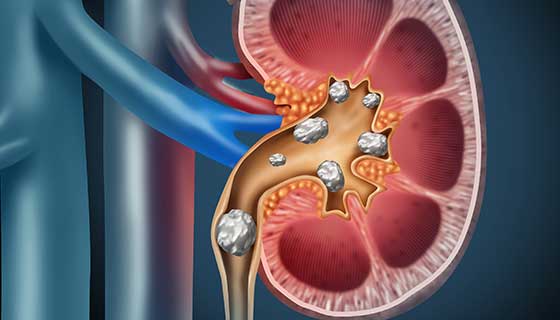
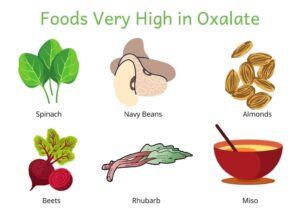 amounts of oxalates, which are compounds that combine with calcium to form a majority of kidney stones.
amounts of oxalates, which are compounds that combine with calcium to form a majority of kidney stones. linked to this condition are due to stones that have become trapped in some areas of the urinary tract. These are usually the ureters, which are the tubes that connect the kidneys to the bladder.
linked to this condition are due to stones that have become trapped in some areas of the urinary tract. These are usually the ureters, which are the tubes that connect the kidneys to the bladder.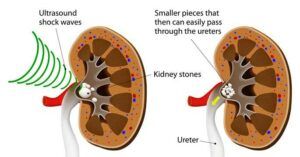
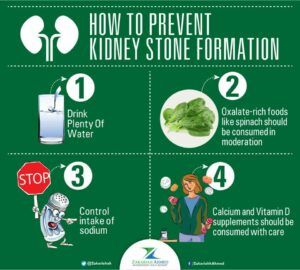
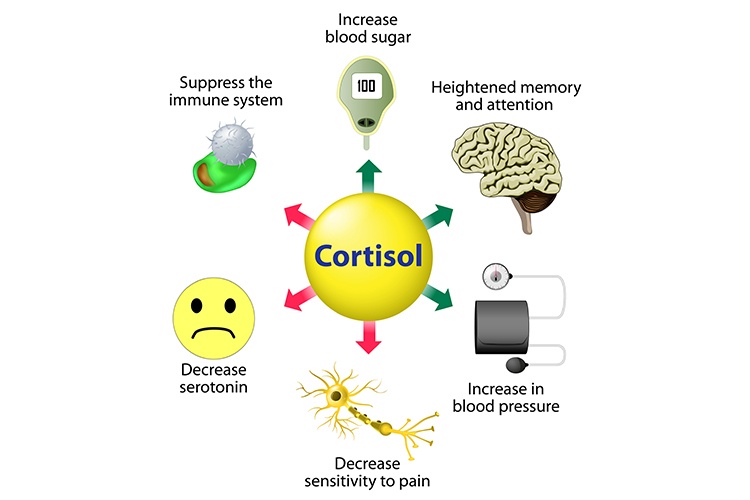
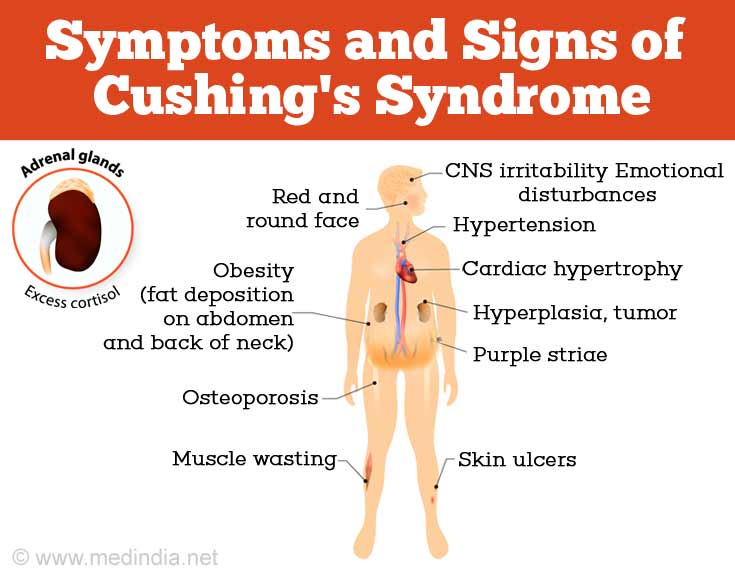
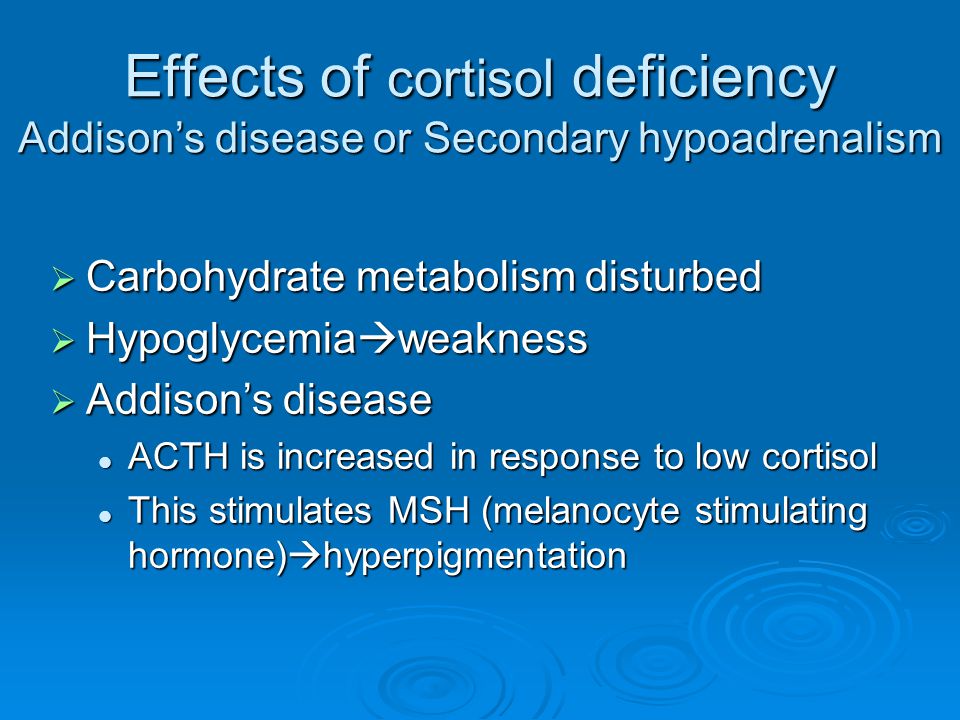 nown as Addison’s disease.
nown as Addison’s disease.

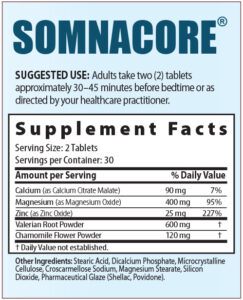


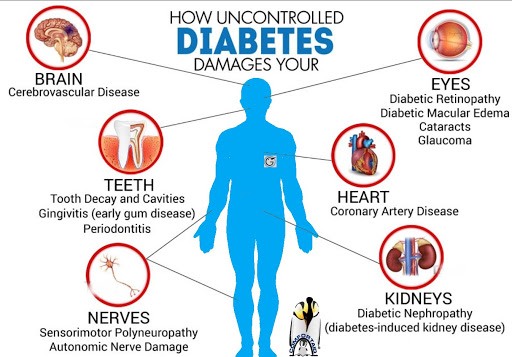
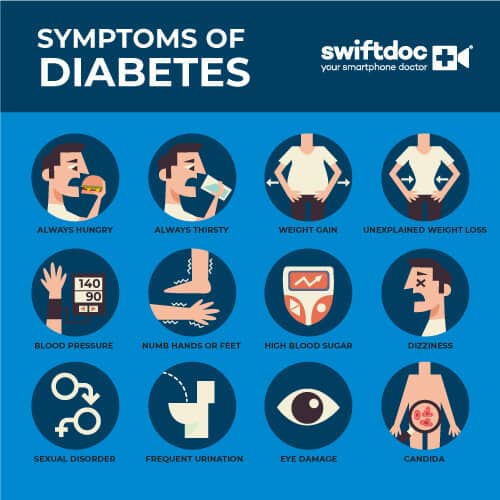 of the sugar through urination. This causes an individual to become more dehydrated resulting in even more thirst.
of the sugar through urination. This causes an individual to become more dehydrated resulting in even more thirst.